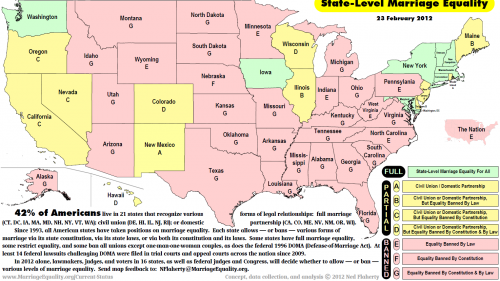
Many people look at Asian-Americans’ relatively high incomes, compared to other racial/ethnic groups, and assume this minority group has achieved the American Dream. In fact, Census data reveal Asians have higher average incomes and are less likely to live in poverty than whites (DeNavas, Proctor, & Smith, 2011). Numbers like this lead many to conclude Asians are free from discrimination and are a “model minority” for others to emulate.
However, these numbers regarding Asian-American economic success are misleading. For example, after controlling for factors such as education, number of workers in a household, and regional costs of living,, Asian-Americans’ economic advantages disappear (Kim & Mar, 2007). Like other racial minorities, because of racial discrimination Asians must work harder to get the same economic returns as whites.
But the model minority stereotype is so distracting that many completely overlook overtly racist statements about Asians. A Saturday Night Live clip about the “Linsanity” surrounding NBA player Jeremy Lin illustrates how the racial discourse is regulated quite differently for Asian Americans in comparison to African Americans, drawing on several actual incidents and comments that appeared in coverage of Lin. In this clip, the sportscasters celebrate a headline describing Jeremy Lin as “Amasian,” laugh at signs depicting him inside a fortune cookie, and make statements such as he’s “sweet not sour” and “turned Kobe [Bryant] into Kobe beef.” They also talk about “loving [Lin] long time,” “wax on, wax off Mr. Miyagi,” and “domo arigato, Mr. Lin-boto” as they bow while grinning widely, bang gongs, and mimic martial arts moves. The double standard is revealed as the sportscasters criticize and then fire their peer for saying similar things about Black basketball players, including “Kobe ordered fried chicken,” “Amar’e Stoudemire was dancing like Maury Povich just told him he’s not the father,” and “my homey Carmelo [Anthony] rolls in late”.
In fact, Chou and Feagin argue the “model minority” stereotype makes Asians more vulnerable to racism than other racial groups because over-exaggerated notions of success lead many to dismiss prejudice against this group as innocent or harmless. They write, “This distinctive, supposedly positive stereotyping distracts people from seeing the discrimination Asian Americans face every day” (Chou & Feagin, 2008, p. 30). The SNL clip drives home the way this played out with the Jeremy Lin case.
Relevant Reading:
Chou, R. S., & Feagin, J. R. (2008). The Myth of the Model Minority: Asian Americans Facing Racism. Boulder: Paradigm Publishers.
DeNavas, C., Proctor, B. D., & Smith, J. C. (2011). Income, Poverty, and Health Insurance Coverage in the United States: 2010. U.S. Census Bureau.
Kim, M., & Mar, D. (2007). The Economic Status of Asian Americans. In M. Kim (Ed.), Race and Economic Opportunity in the Twenty-First Century (pp. 148-279). New York, SC: Routledge.
Potter, J., & Wetherell, M. (1987). Discourse and Social Psychology. Sage.
—————
Jason Eastman is an Assistant Professor of Sociology at Coastal Carolina University who researches how culture and identity influence social inequalities.











